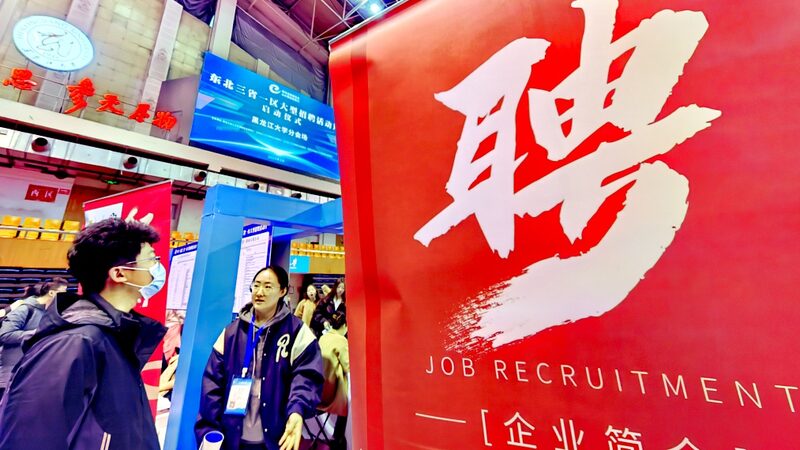As artificial intelligence reshapes industries worldwide, experts warn that unequal access to AI tools and expertise risks deepening existing disparities. Alice Ho, a PhD candidate in International Development at the University of Oxford, argues that Asia’s growing tech influence positions the region to lead in building more equitable systems.
"The AI revolution shouldn’t become a story of haves and have-nots," Ho writes, emphasizing that 60% of the global population residing in Asia creates both challenges and opportunities for inclusive innovation. Her analysis highlights three critical fronts: developing localized AI solutions for non-English languages, creating accessible upskilling programs, and establishing ethical frameworks that prioritize public benefit over purely commercial interests.
The Current Landscape
While tech hubs like Singapore and Bengaluru flourish, rural areas across Southeast Asia and South Asia face connectivity gaps limiting AI adoption. Ho cites India’s digital public infrastructure model as a potential blueprint, where government-backed initiatives could democratize access to AI-powered services in healthcare, agriculture, and education.
Policy Frameworks Take Center Stage
The article notes increased coordination among Asian governments, with recent agreements between ASEAN members and the Chinese mainland focusing on cross-border data governance. However, Ho stresses that "regulation must keep pace with innovation" to prevent monopolistic practices and ensure fair distribution of AI’s economic benefits.
Collaborative Futures
Emerging partnerships between Asian universities and Silicon Valley firms aim to nurture local talent pools. South Korea’s AI research parks and Vietnam’s new semiconductor training centers exemplify this trend. For investors, Ho suggests these developments signal growing opportunities in edtech and infrastructure supporting AI democratization.
Editor’s Note: The views expressed reflect the author’s analysis and not necessarily institutional positions.
Reference(s):
Towards equalized AI: How we can build a more inclusive future
cgtn.com






